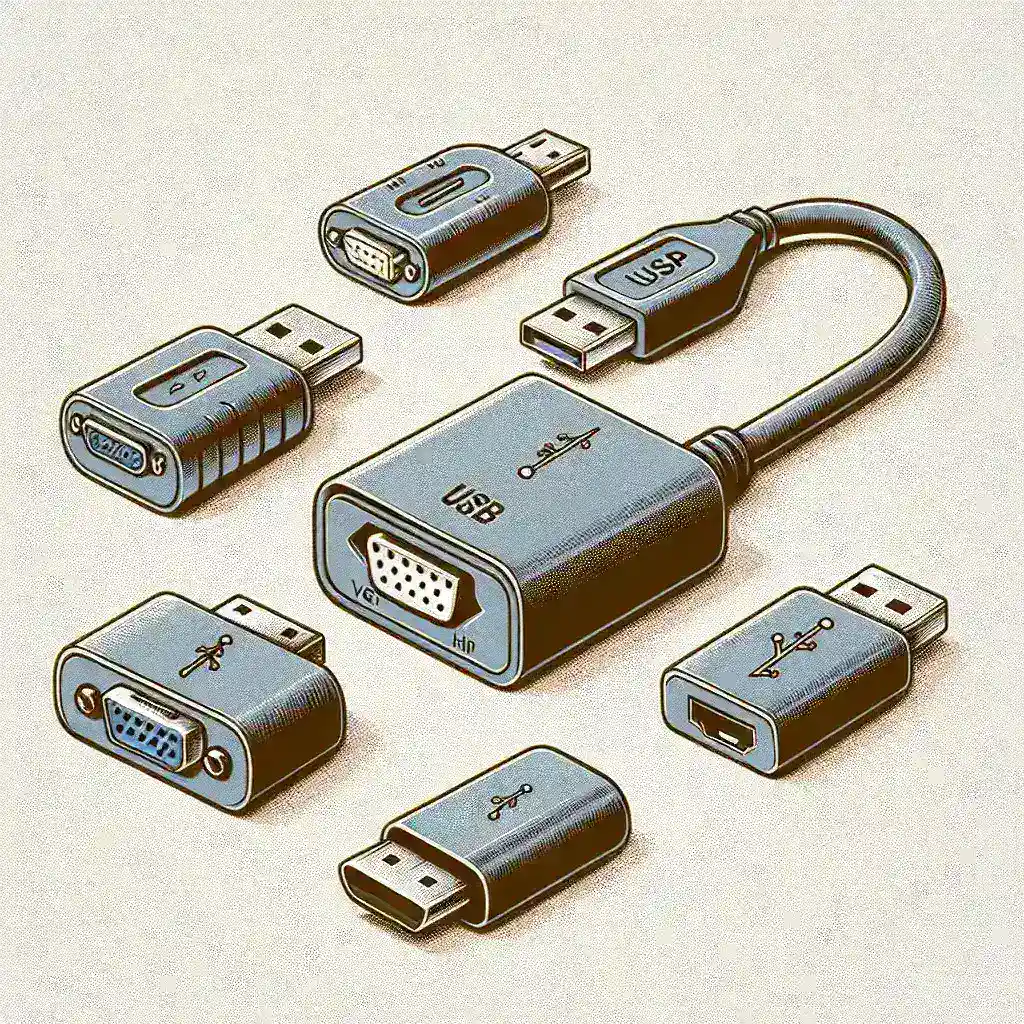Introduction
In the world of technology, the need for versatile connectivity options is always evolving. As more devices rely on USB connections, users are often left wondering about the compatibility of different video outputs. One common question arises: Are there adapters that combine USB to VGA and USB to HDMI? In this article, we will explore the availability of such adapters, their functionalities, and how they can enhance your connectivity options.
Understanding USB, VGA, and HDMI
Before diving into specific adapter options, it’s essential to understand the basics of the technologies involved:
- USB (Universal Serial Bus): A standard for connecting devices to computers and charging. USB ports are widely used across devices, including laptops, desktops, and more.
- VGA (Video Graphics Array): An older video display standard that transmits analog video signals. Although becoming less common, VGA ports are still found on many older monitors and projectors.
- HDMI (High-Definition Multimedia Interface): A digital interface for transmitting high-definition video and audio. HDMI is the standard for modern TVs, monitors, and projectors.
Types of Adapters
Adapters serve the purpose of bridging the gap between different types of connections. In the context of USB to VGA and USB to HDMI, there are multiple types of adapters available:
USB to HDMI Adapters
USB to HDMI adapters allow users to connect devices with USB ports to HDMI displays. They are commonly used for:
- Extending displays for presentations and multitasking.
- Streaming video content from laptops to TVs.
USB to VGA Adapters
USB to VGA adapters enable connections between USB devices and VGA monitors or projectors. They are particularly useful for:
- Connecting older projectors that only support VGA.
- Using additional monitors with older computer systems.
Are There Combination Adapters?
While many adapters exist individually for USB to HDMI and USB to VGA, combination adapters that offer both functionalities are less common. However, they do exist. These combination adapters allow users to connect their USB devices to both VGA and HDMI displays, providing flexibility in how they share their content.
Benefits of Combination Adapters
- Versatility: Users can switch between different display options without needing to change cables.
- Convenience: One adapter can fulfill multiple needs, reducing the number of accessories to carry.
- Cost-Effectiveness: Instead of purchasing separate adapters, users can invest in one solution.
How to Choose the Right Adapter
When selecting an adapter, consider the following factors:
- Device Compatibility: Ensure that the adapter works with your specific device. Some adapters may only support certain operating systems.
- Resolution Support: Check the maximum resolution supported by the adapter, especially if you plan to use it for high-definition displays.
- Ease of Use: Look for plug-and-play options that do not require complex software installations.
Conclusion
In summary, there are indeed adapters that combine USB to VGA and USB to HDMI functionalities. These combination adapters offer users a convenient and versatile way to connect their devices to various display options. By understanding the types of adapters available and considering your specific needs, you can make an informed decision and enhance your connectivity experience.

